A cycloidal drive is a device that are mounted onto a fast-spinning motor, usually a electrical motor like BLDC or stepper motor. It has an input and output shaft where the input shaft takes in fast rotating and low torque motion and convert it into slower rotation and much higher torque motion through its output shaft.
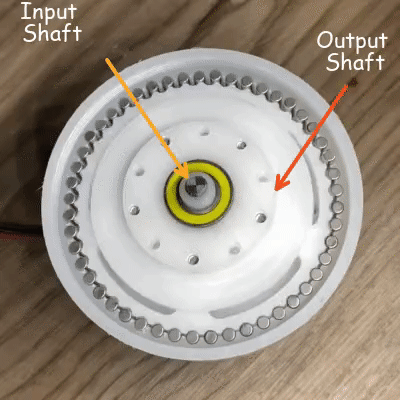
Cycloidal drives are important for robotic arms because of its compactness and ability to amplify torques greatly. In robotic arms, you need to generate large amount of torque at it’s joints to position its end effector and payload in a precise position. While you can always get a bigger motor to get more torque, it is rarely ideal because bigger motor takes up more space. Furthermore the extra weight of a bigger motor meant that even stronger motor is needed downstream is needed.
So that is where cycloidal drives play an important role where is allows even small motors to generate much higher torque, necessary to power a heavy robotic arm while maintaining compactness and lightweight.
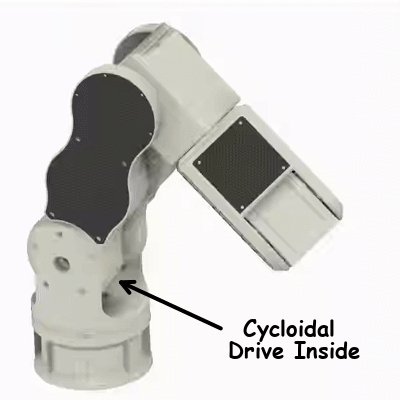
The cycloidal drives working principles are that it’s main cycloidal disk (Center) has one less teeth than the external ring of pins. For example, in figure 3, the cycloidal disk have 60 teeth while the ring of pin around is has 61 pins.
Notice how the eccentric nut that are sleeved onto the input shaft is bushing the cycloidal disk outward, and causing it to mesh with the pins. As the 60 teeth meshes in with 61 teeth, it will always lag behind by one space after every one turn by the input shaft.
As such, it takes the input shaft to rotate 60 times before the cycloidal disk will complete one full turn.
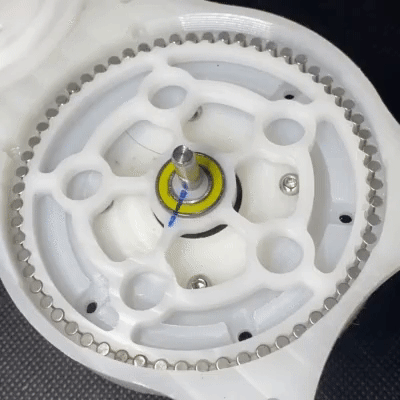
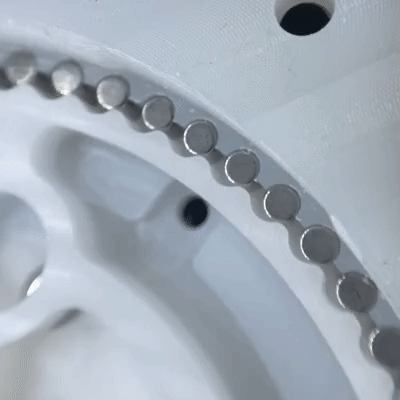
As the cycloidal disk are meshing in and out of the pins, it is not possible for it to produce any useful torque. Hence an another components is needed to extract useful torque so that the torque can be transferred to the structural body to move it.
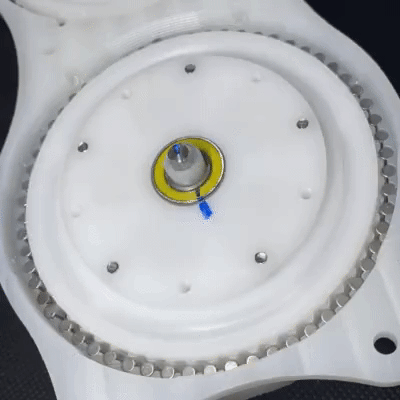
In conclusions, cycloidal drives are an important invention in the field of robotics. They are compact, lightweight and help small motors to generate large amount of torque needed to power those heavy robotic arms. They are many different types of step-down mechanism, each with their own advantages and disadvantages.

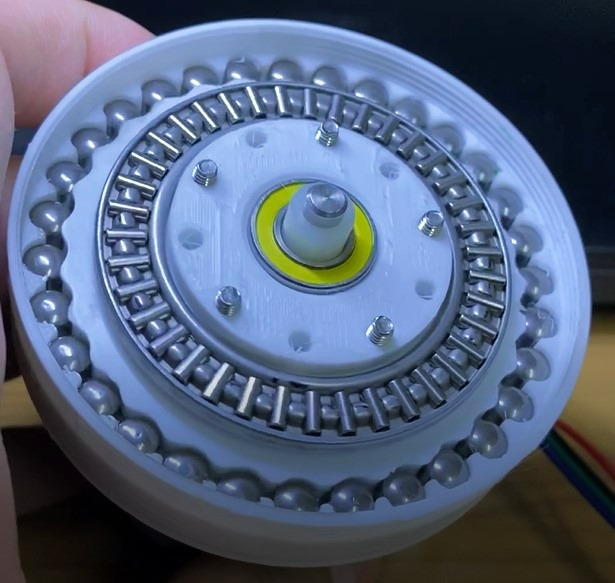
2 comments
Hey, how long are your pins?
Hi Viktor, my pins are 8mm in length.
Comments are closed.